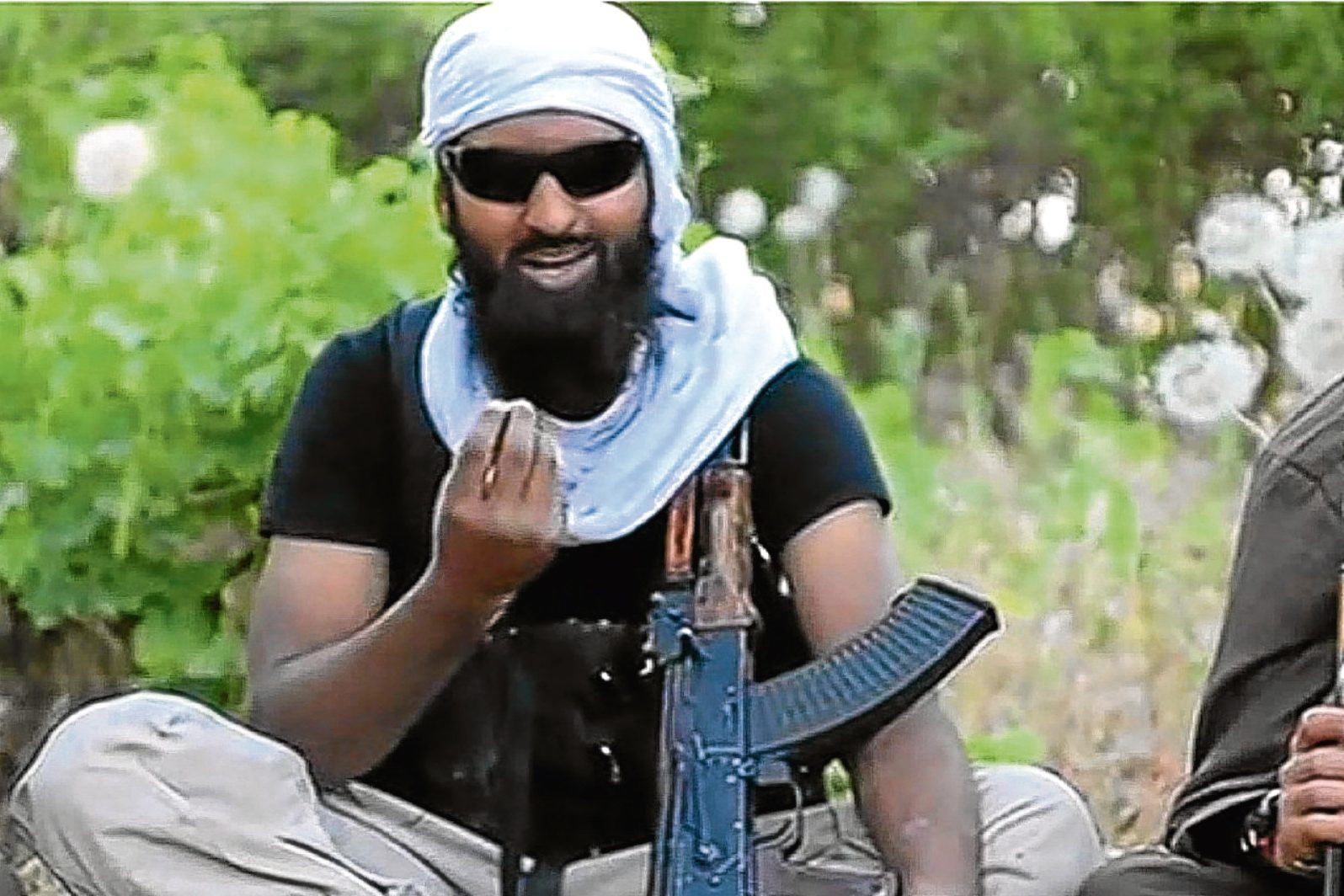
EXPERTS fear Scotland is home to a hidden army of copycat Westminster terrorists.
It’s estimated as many as 30 Scots have travelled to Syria and Iraq over the last few years to fight with the Islamic State caliphate – a vile vanguard providing inspiration to shadowy terrorists being groomed in online chatrooms, jails and even gyms.
As MI5 agents and the police try to establish exactly how murderer Khalid Masood became radicalised, experts say there is a real threat of a similar attack being carried out on Scottish soil.
Will Geddes, one of the world’s leading security specialists, fears people are being radicalised in the shadows every day.
Fighters sneaking back from warzones – or disseminating their message from afar over the internet – are tasked with recruiting others, using their experiences and stories to attract people vulnerable to radicalisation.
Mr Geddes, chief executive officer of ICP Group, a London-based threat management company, said the example of Scots extremists such as jihadi bride Aqsa Mahmood and IS fighter Ruhul Amin showed the extent of the threat north of the border.
He said: “It prevails as much in Scotland and the fact there is a history and a legacy of Islamic extremists goes to show there are dormant cells, active cells and those in-between.”
Asked where people were being radicalised, he replied: “A lot of them tend to be in the prison system as well as online and in the community.”
In 2015, MI5 stated it had identified 3000 potential Islamist extremists in the UK.
However, Mr Geddes said the case of Aqsa Mahmood showed how much larger the problem could be.
He said: “The guy who attacked Westminster was not on that list so there are many more beyond that.
“There are probably a good number in Scotland.
“They will be in major cities like London, Glasgow and Aberdeen.
“There’s probably a very good spread across the country.”
The ease by which people can be radicalised online was a major area of concern for Mr Geddes.
The case of former Glasgow schoolgirl Mahmood was a stark example. She travelled to Syria in November 2014 where she married an IS fighter.
She also took on a senior role in the brutal, all-female al-Khansa police force in Raqqa, established by IS to enforce Sharia law.
Aqsa’s parents said their daughter went from a dutiful student to extremist after being groomed online by English-based fanatic Adeel Ulhaq.
And she’s not the only Scot to have travelled to Syria to fight for the terrorist organisation.
Ruhul Amin, who grew up in Aberdeen, featured in a terrorist recruitment video after moving from Britain to fight with Islamic radicals.
Also known as Abdul Raqib Amin, he boasted he would “stay and fight until the (caliphate) is established, or I die”.
He was killed on August 21, 2015, targeted by an RAF aircraft while travelling in a vehicle in Raqqah, Syria.
Dr Magnus Ranstorp, former director of the centre for the study of terrorism and political violence at the University of St Andrews, said one of the biggest challenges was tackling IS recruiters.
They use various methods, including informal study groups and social media. Dr Ranstorp said: “You have to look at the individual themselves and target the recruiters and facilitators.”
There was also a danger of extremists looking to recruit people from inside prison.
Jailed extremist Tanveer Ahmed, 32, is just one fanatic who has continued to spout hatred from behind bars.
Ahmed stabbed shopkeeper Asad Shah to death at his shop in Glasgow in March last year.
He later claimed he carried out the brutal attack because he considered Shah a “false prophet” who had “disrespected Islam.”
Despite being jailed, he has continued to release statements of defiance at his life sentence and derogatory and sectarian references to the minority Ahmadi Muslim community, of which Mr Shah was a member.
Terror expert Anthony Glees said the potential threat of extremism should be taken just as seriously north of the border.
He said: “There’s no reason for Scotland not to be as anxious. We need to make sure anyone who could be a threat has their collar felt.”
Security services would be investigating the London attacker’s history to determine how he was radicalised and whether he acted alone, said Professor Glees.
Last week a number of factors that may have shaped his murderous mindset emerged.
Outwardly Masood was a respectable, fit Manchester United fan who once lived in a £700,000 house in the home counties. But he also had a penchant for violence and became involved in drugs at an early age.
In the early 2000s, he was convicted of causing grievous bodily harm after slashing a man across the face with a knife in a pub.
He served time behind bars, where some have suggested he may first have become twisted towards violent extremism.
He is also known to have visited Saudi Arabia and MI5 agents will now no doubt be closely scrutinising his time there.
One thing is for sure, Masood is unlikely to be the last to attempt an IS-inspired terror attack on British soil.
Mr Geddes fears we must all remain vigilant in the meantime.
“We are all in this together,” he added. “The threat is virtually everywhere.”

Enjoy the convenience of having The Sunday Post delivered as a digital ePaper straight to your smartphone, tablet or computer.
Subscribe for only £5.49 a month and enjoy all the benefits of the printed paper as a digital replica.
Subscribe